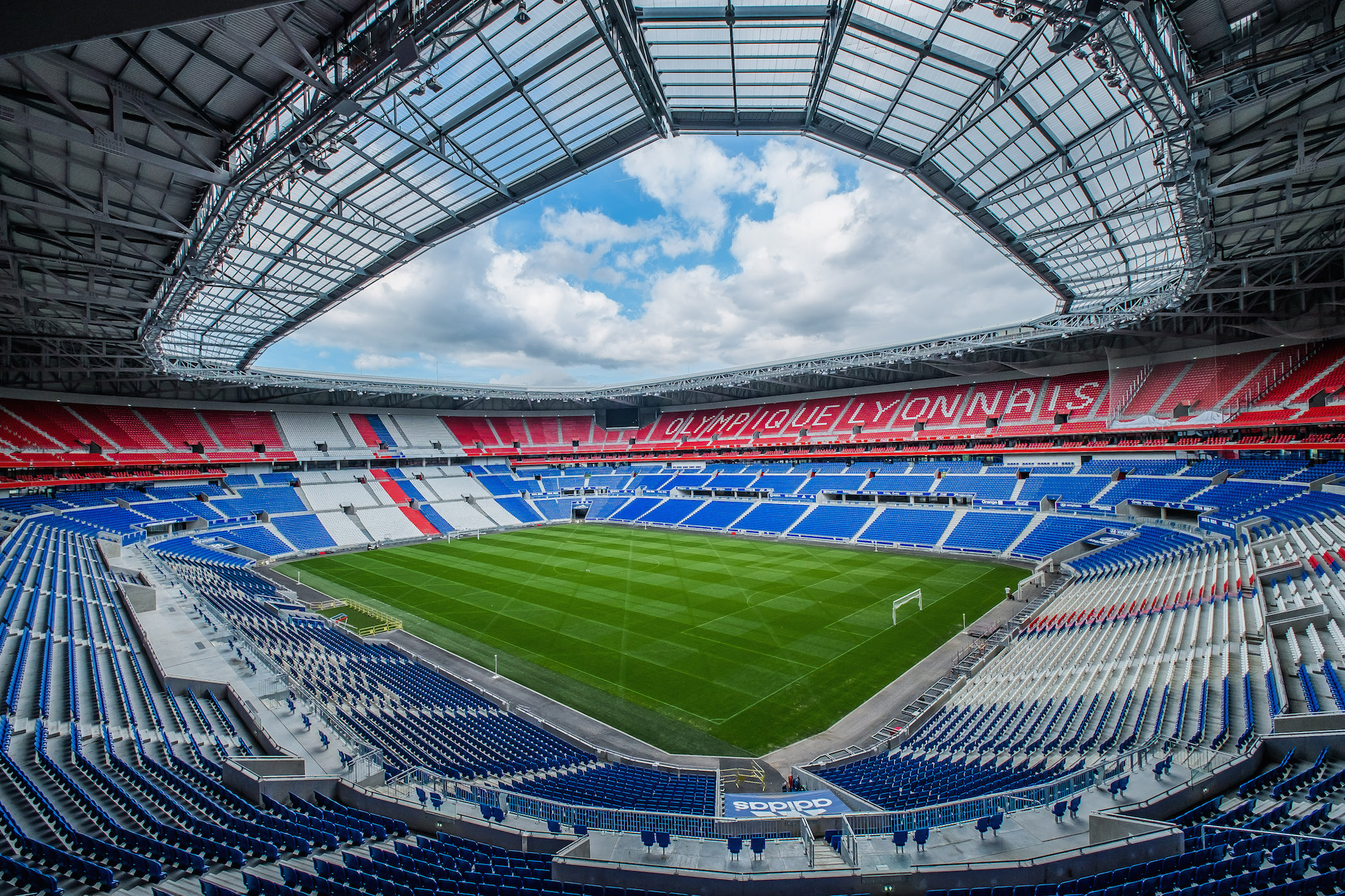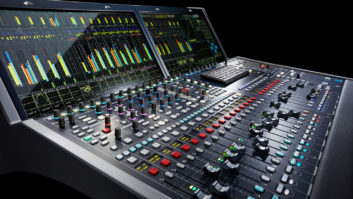
Kicking off this month’s online focus, Roland Hemming of RH Consulting provides insights on the state of audio networking in stadiums and the importance of simple system design.
What are the products that are most important to know about for stadium projects?
Stadiums are amongst the most complex audio projects but some don’t always appreciate that. It’s important to have intimate knowledge of stadium-sized loudspeaker systems, suitable amplification and really good knowledge of audio networking and control. There is then a raft of legislation to comply with for these large-scale projects. There are very many technical and project requirements to deal with. On the technical side, aside from the audio you need to have good electrical knowledge due to the sheer power our systems draw in the heat of a game. Whilst satisfying the production requirements we also have to ensure that the system operates as an effective evacuation system – get that wrong and people might die.
What are the common mistakes you see on stadium projects in regard to audio networking?
Many people do not carry out what we would call a complete design job and focus primarily on the loudspeaker element. Audio networking, control and distribution to amplifiers are often given less emphasis but these elements pose much more of a risk if you don’t get them right from the outset. Networking is standard in all our stadium projects. It gives us the redundancy, flexibility and control that these projects require. We work hard to provide very simple control of the system.
Quite often people make the user interface too busy and complicated for people to understand. Making things simple is important for such complex systems that are operated in sometimes stressful situations. It requires a lot of care and thought. It’s the things we leave out that we are proudest of.
Do you find new-build stadiums easier or harder to work on than older/refurbished venues?
It’s often easier to work in existing stadiums for a number of reasons. You are working directly for the client so you know you are delivering exactly what the client needs and not battling with the myriad of issues that a construction company is dealing with. Refurbishments also tend to be easier as you are working around fewer trades. Whilst all stadium projects involve working to tight deadlines, refurbishments sometimes have very narrow windows in which to work as we have to fit in the changes between matches. We once fitted out an entire stadium in eight weeks, on others we have changed from old to new keeping the stadium operational at all times.
Has the increase in new-build stadiums provided a surge in business for you?
We do more refurbishments than new builds but we are happy doing both. I worked for the organising committee for the London Olympics, responsible for all sports audio and I thought it was sensible that quite a number of venues were temporary and others were reduced in size afterwards. If you think about how long a stadium lasts, its PA systems will be replaced many times before the whole thing gets knocked down and rebuilt.
Our other observation is that most people design stadiums around football but that’s about the easiest sport to design for. These days stadiums are multipurpose venues and you have to design for that. We’ve gained experience working on over 20 different sports as well as understanding the many other uses stadiums are put to.
Picture: Charlotte Busschaërt







